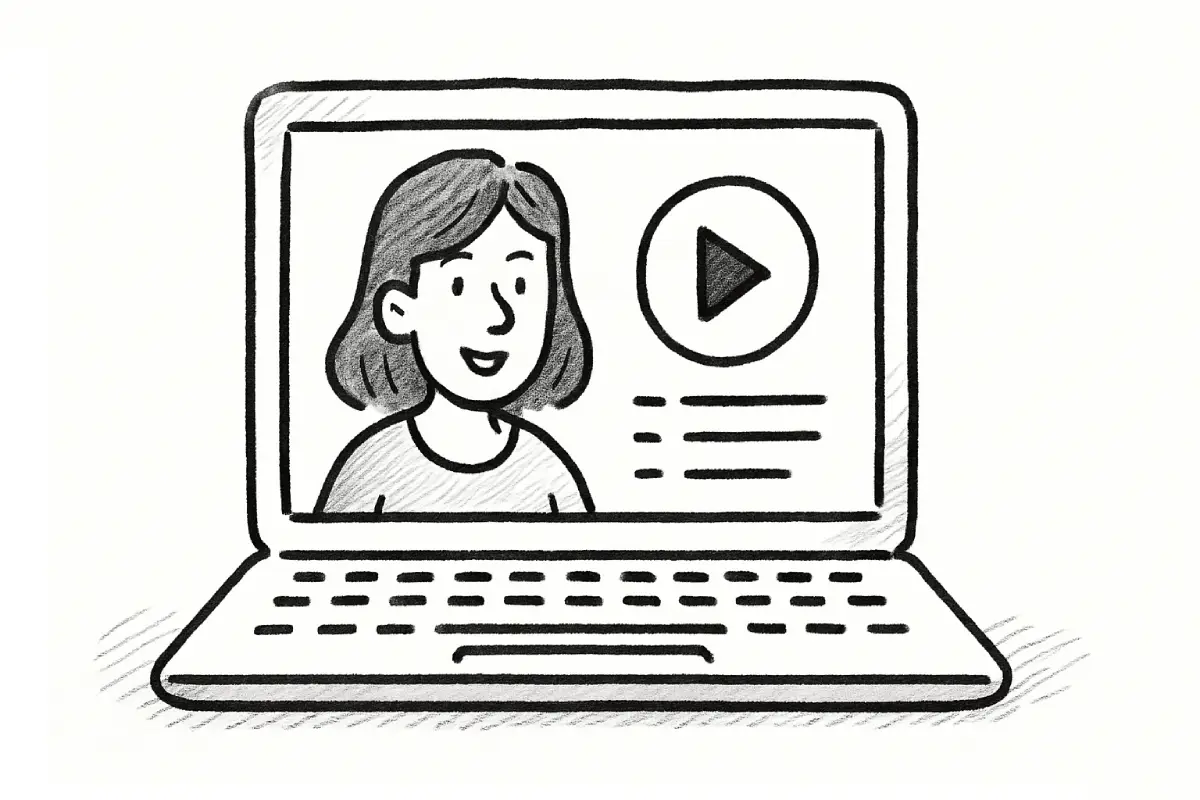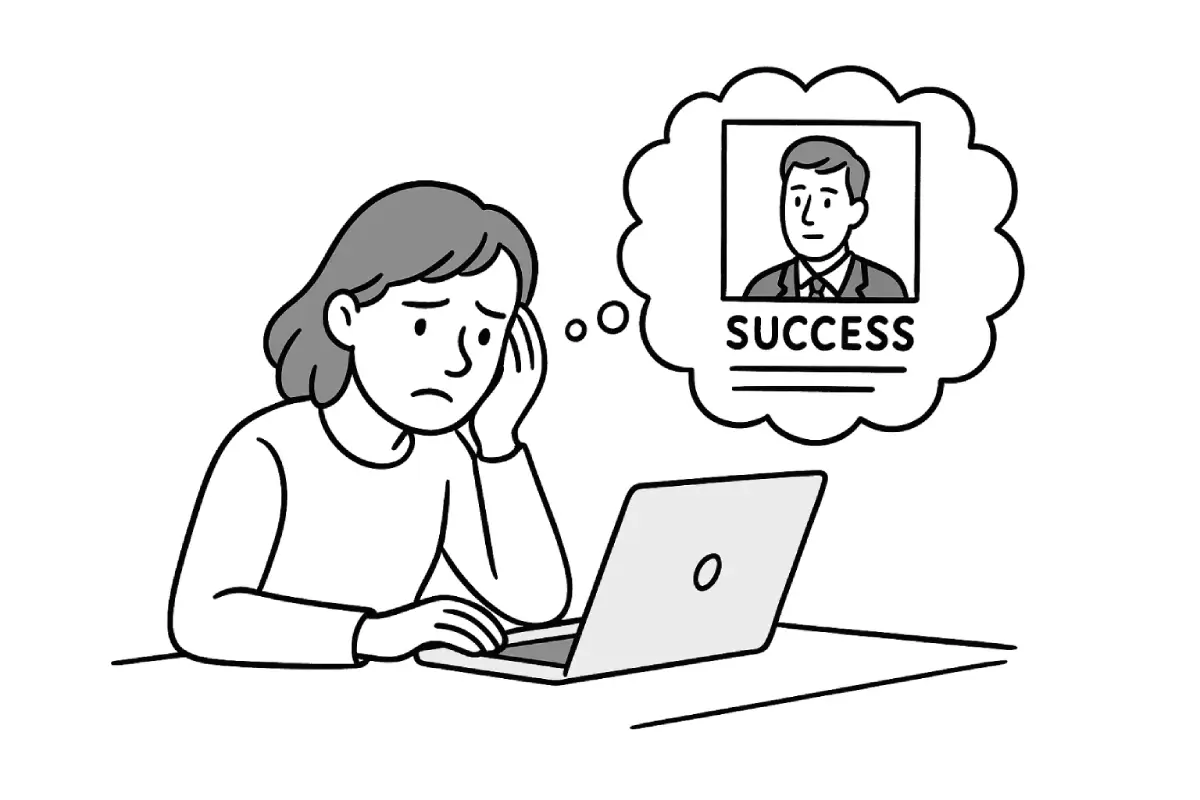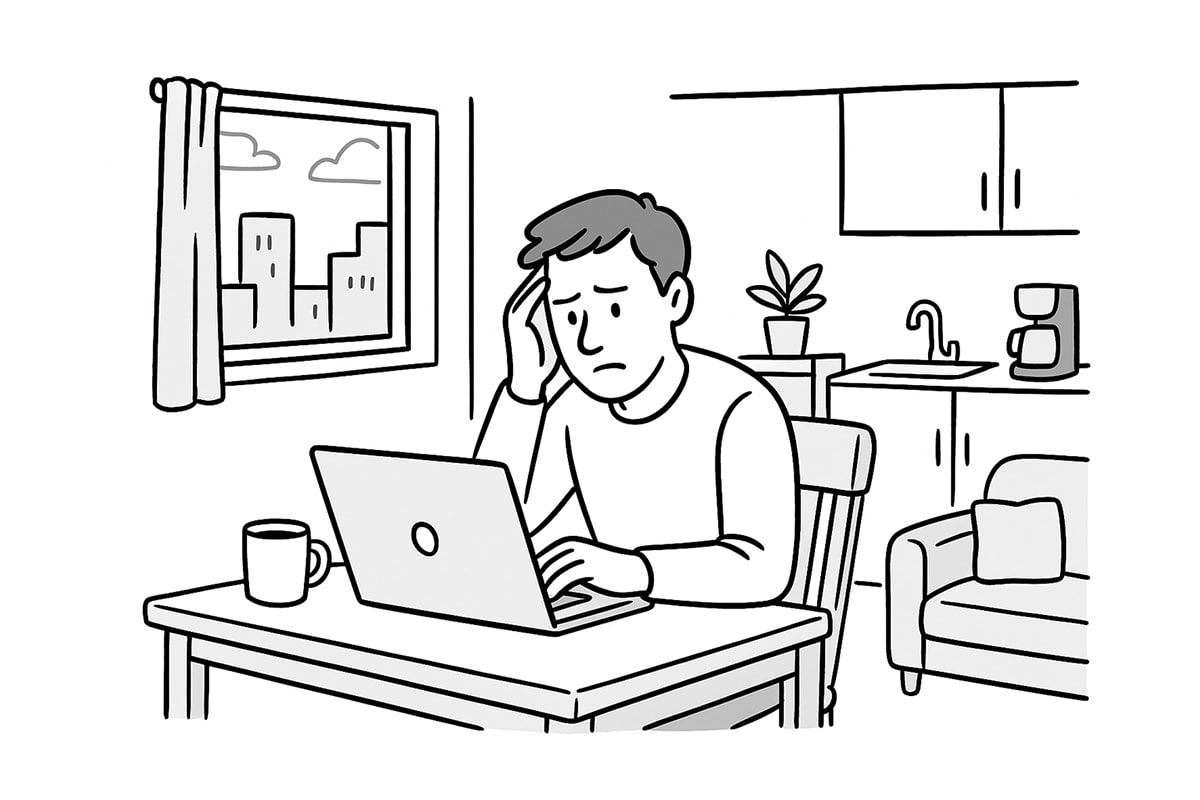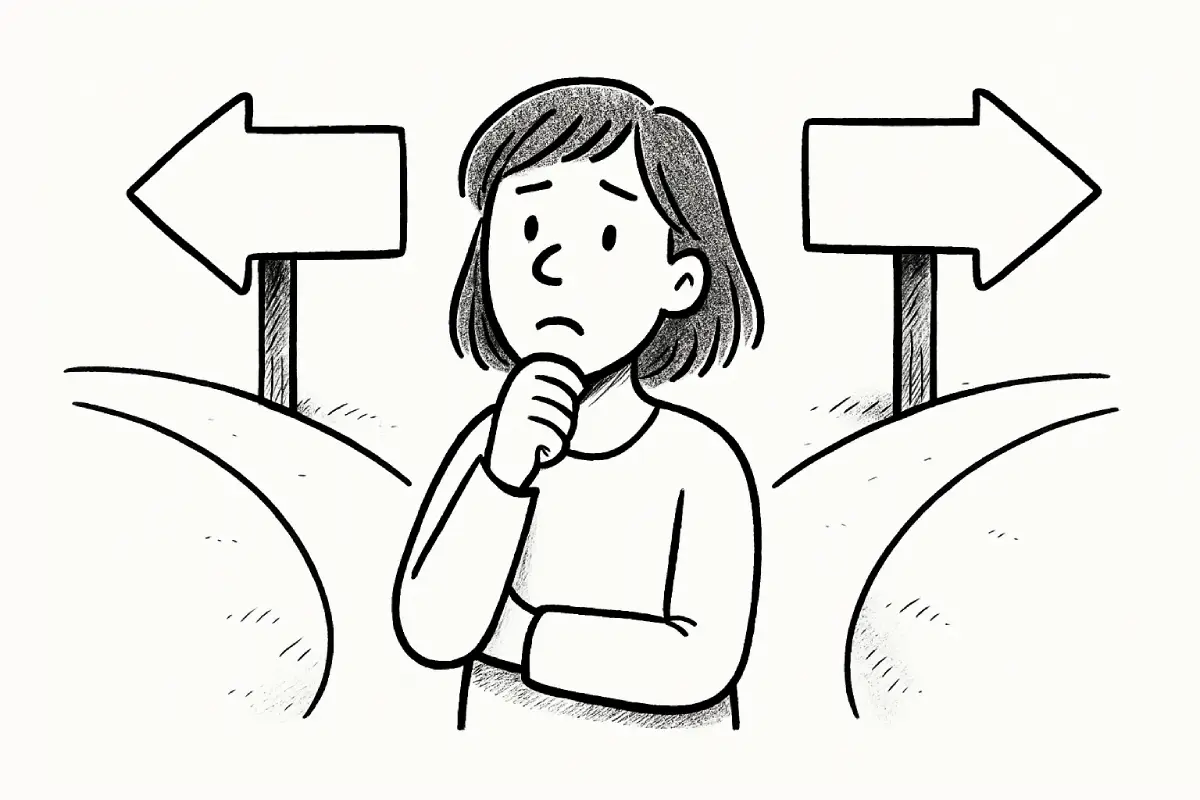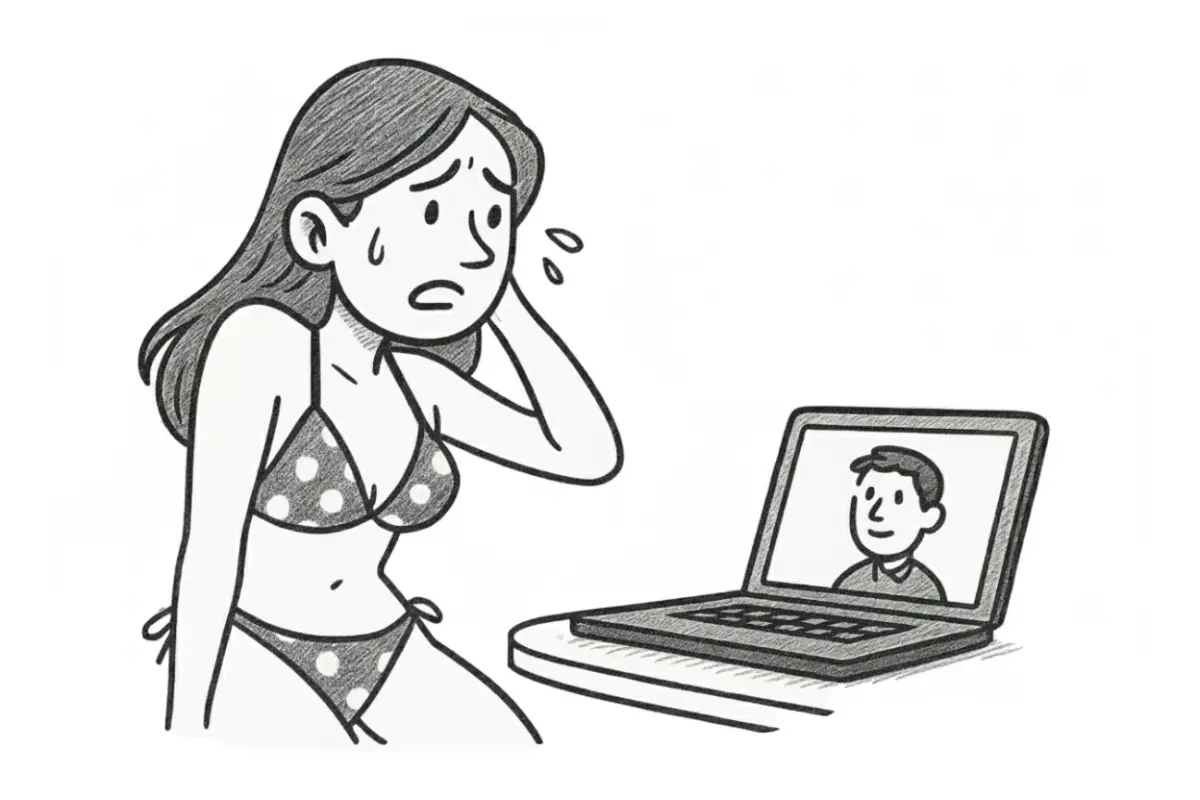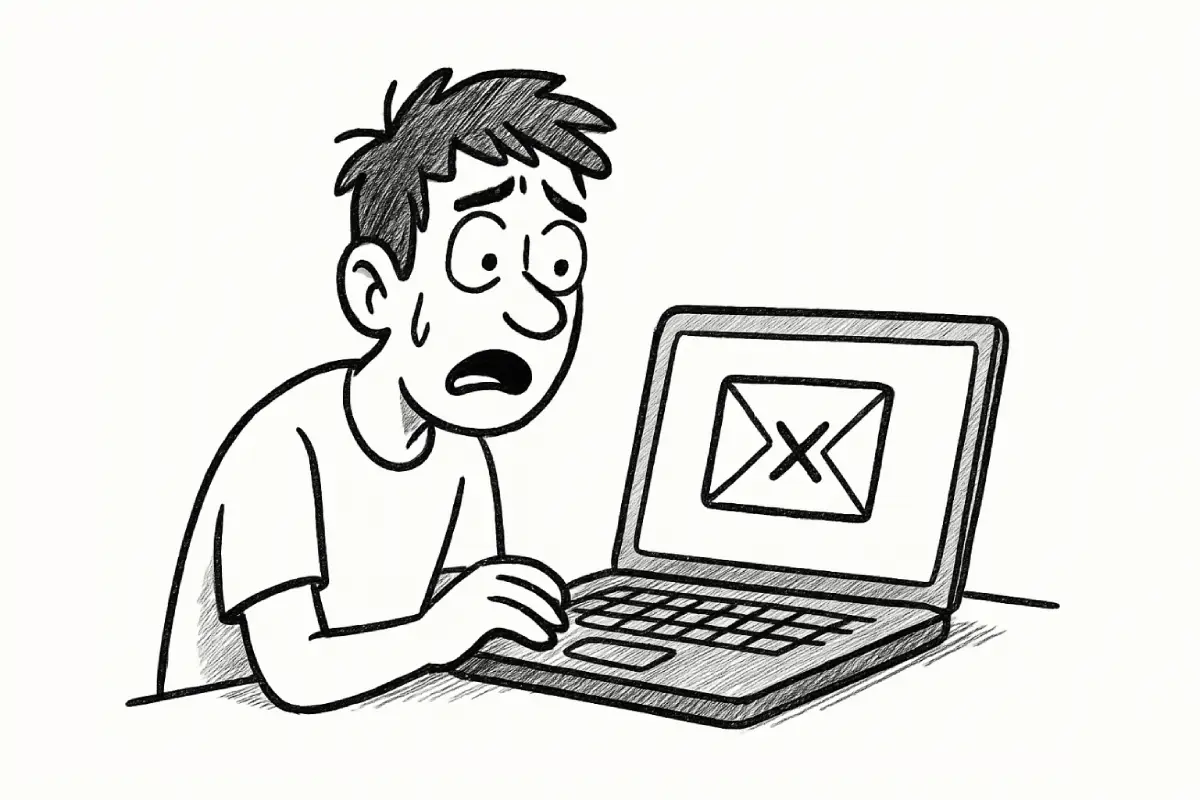If you had told me five years ago that the next big thing in professional recruitment would involve trending audio, jump cuts, and 19-year-olds pointing at text bubbles on a screen, I would have laughed you out of the room. The professional world, I would have argued, is built on the hallowed grounds of LinkedIn profiles, meticulously formatted PDF resumes, and the art of the perfectly worded cover letter. It was a world of beige, of sensible fonts, of quiet, respectable desperation.
And yet, here we are. In the chaotic, vibrant, and relentlessly fast-paced year of 2025, the line between the creator economy and the corporate economy is blurring into oblivion. The same platforms we use to watch cats playing pianos and learn dubious life hacks are now legitimate, and in some cases, preferred, channels for getting a job.
The #careertok and #resumetips hashtags are no longer just a niche corner of the internet; they are a battleground where careers are being forged. We’re in a new era, one where your ability to communicate your value in 60 seconds of vertical video might just be more important than your ability to list your duties in Times New Roman, font size 11.
This isn’t a fad. It’s a fundamental shift in how we think about professional identity, and it’s time we took it seriously. Because whether you love it or hate it, the TikTok-ification of the job search is here, and it’s changing the rules for everyone.
What Exactly Is a ‘Video Resume’? (And Why It’s Not as Cringey as It Sounds)
Let’s get one thing straight right away. When we talk about a TikTok resume, we are not talking about the cringeworthy video resumes of the early 2000s. You remember those, right? Some poor soul in an ill-fitting suit, standing stiffly in front of a beige wall, reading their resume aloud to a webcam with all the charisma of a hostage. It was awful. It felt desperate. It was, thankfully, a failed experiment.
Today’s video resume is an entirely different beast. It’s not a replacement for the traditional resume; it’s a supplement. It’s a trailer. A teaser. It’s the movie poster to your feature film.
Think of it as a 60-second elevator pitch on steroids. It’s a chance to do what paper simply cannot: showcase your personality, demonstrate your skills in real-time, and prove you’re a cultural fit before you ever set foot in an interview. It’s less of a “resume” and more of a “professional trailer.”
A recruiter I know put it this way: “I can read a hundred resumes that say ‘excellent communication skills,’ and it means nothing. But if I see a 30-second video where someone clearly and compellingly explains a complex topic from their field, I don’t just believe they have communication skills—I know it. I’ve seen the evidence.”
The fluency we’ve all developed from watching and creating content for platforms like TikTok, Instagram Reels, and YouTube Shorts has given us a new visual language. We understand pacing, hooks, and storytelling in a way previous generations didn’t. What once felt awkward now feels authentic.
The New Rules: Why This Format Is Actually Working
So why is this happening now? Why is the stuffy corporate world suddenly embracing an art form perfected by teenagers dancing in their bedrooms? It comes down to a few brutal realities of the modern hiring landscape.
The Attention Economy Is Merciless
Hiring managers are drowning. They get hundreds, sometimes thousands of applications for a single role. The old statistic was that they spend six seconds looking at a resume. I’d bet my lunch money that number is even lower now. They’re scrolling through applications like a social media feed, looking for something, anything, that catches their eye.
A well-made video cuts through that noise like a hot knife through butter. It’s dynamic. It’s engaging. It respects the recruiter’s time by delivering a high-impact message quickly. It’s an application that doesn’t feel like work to review.
It’s About Showing, Not Just Telling
This is, without a doubt, the video resume’s superpower. The old resume is a document of claims. The video is a document of proof.
- A graphic designer can show a time-lapse of their design process.
- A data analyst can stand in front of a whiteboard and visually break down a complex chart.
- A chef can showcase their knife skills or plate a gorgeous dish.
- A public speaker can deliver a snippet of a powerful talk.
Suddenly, your skills aren’t just words on a page; they’re a demonstrated reality. In a world where soft skills are becoming increasingly critical—a point consistently highlighted in reports like LinkedIn’s Future of Recruiting—video is the ultimate tool for showcasing them. You can’t write charisma, but you can certainly show it.
The Authenticity Mandate
In an age where anyone can use AI to write a flawless-sounding resume or cover letter, authenticity has become the new currency. A video, with its little imperfections and unscripted moments, feels real. It’s a vibe check. A company can get a feel for your energy, your passion, and your personality in a way that a PDF never could. Are you a high-energy creative? A calm, analytical thinker? A warm, empathetic leader? Your video will tell that story instantly.
A No-Nonsense Guide to Making a Video That Gets You Hired
Okay, so you’re convinced. You’re ready to step in front of the camera. Before you do take a deep breath. The goal here is not to go viral; it’s to get a job.
Step 1: Forget Your Paper Resume
The biggest mistake people make is trying to cram their entire resume into a 60-second video. Don’t do it. No one wants to watch you list your past job duties. Pick one thing. Just one.
- Is it a key project you’re incredibly proud of?
- Is it your unique perspective on your industry?
- Is it a demonstration of your single most valuable skill?
Focus your entire video on telling that one, single story.
Step 2: The Three-Second Rule
The hook is everything. The first three seconds must grab the viewer and give them a reason to keep watching. Don’t start with “Hi, my name is Bob, and I’m applying for the marketing position.” That’s boring.
Start with a question: “What if you could increase your customer retention by 15%?”
Start with a bold statement: “Most companies get content marketing completely wrong. Here’s why.”
Start with a compelling visual: A shot of your best work, a beautiful data visualization, etc.
Get to the point. Fast.
Step 3: Production Value: Good Enough is the New Perfect
You do not need a professional film crew. You don’t even need a fancy camera. Your smartphone is more than capable. What you do need are three things:
- Good Light: Face a window. Natural light is your best friend. Don’t stand with a window behind you, or you’ll be a silhouette.
- Clear Audio: Use the microphone on your headphones or a cheap lavalier mic. Bad audio is unforgivable. People will tolerate mediocre video, but they will not tolerate bad sound.
- A Stable Shot: Prop your phone up on a stack of books or get a cheap tripod. No one wants to watch a shaky, handheld video that makes them seasick.
The goal isn’t Hollywood-level production. In fact, being too slick can come off as inauthentic. You want it to look like a high-effort TikTok, not a low-budget TV commercial.
The Elephant in the Room: The Downsides
It would be irresponsible not to talk about the very real problems with this trend. As much potential as it has, the rise of the video resume is a minefield of potential issues.
The most glaring problem is bias. Unconscious bias is already a massive problem in hiring, and video puts it on steroids. A hiring manager will instantly know your gender, your approximate age, your race, and they might make assumptions about your socioeconomic status or physical ability. This is a massive step backward for fair hiring practices, a concern that organizations like the ACLU have raised about AI and video analysis in hiring for years.
Then there’s the issue of equity and personality types. What about the brilliant highly-skilled introvert who freezes up on camera? What about the candidate who can’t afford the latest smartphone or doesn’t have a quiet, well-lit space to record? Does this new format unfairly penalize those who are not natural performers or who lack certain resources? The answer is, almost certainly, yes.
This is why video resumes must remain a supplement, not a requirement. They are a tool for those who feel it plays to their strengths, for roles where that kind of presentation is relevant. It’s a fantastic option for a creative director, maybe a terrible one for a backend developer. Context is everything.
Ultimately, the video resume is a powerful, if complicated, new tool in the job seeker’s arsenal. It’s a reflection of a world where branding is personal, communication is visual, and your career is a story you tell. It’s not about replacing the old ways entirely, but about adding a new, dynamic layer that allows you to show the world who you are, not just what you’ve done.
You might also like: How to Reset Your Career When You Feel Stuck
